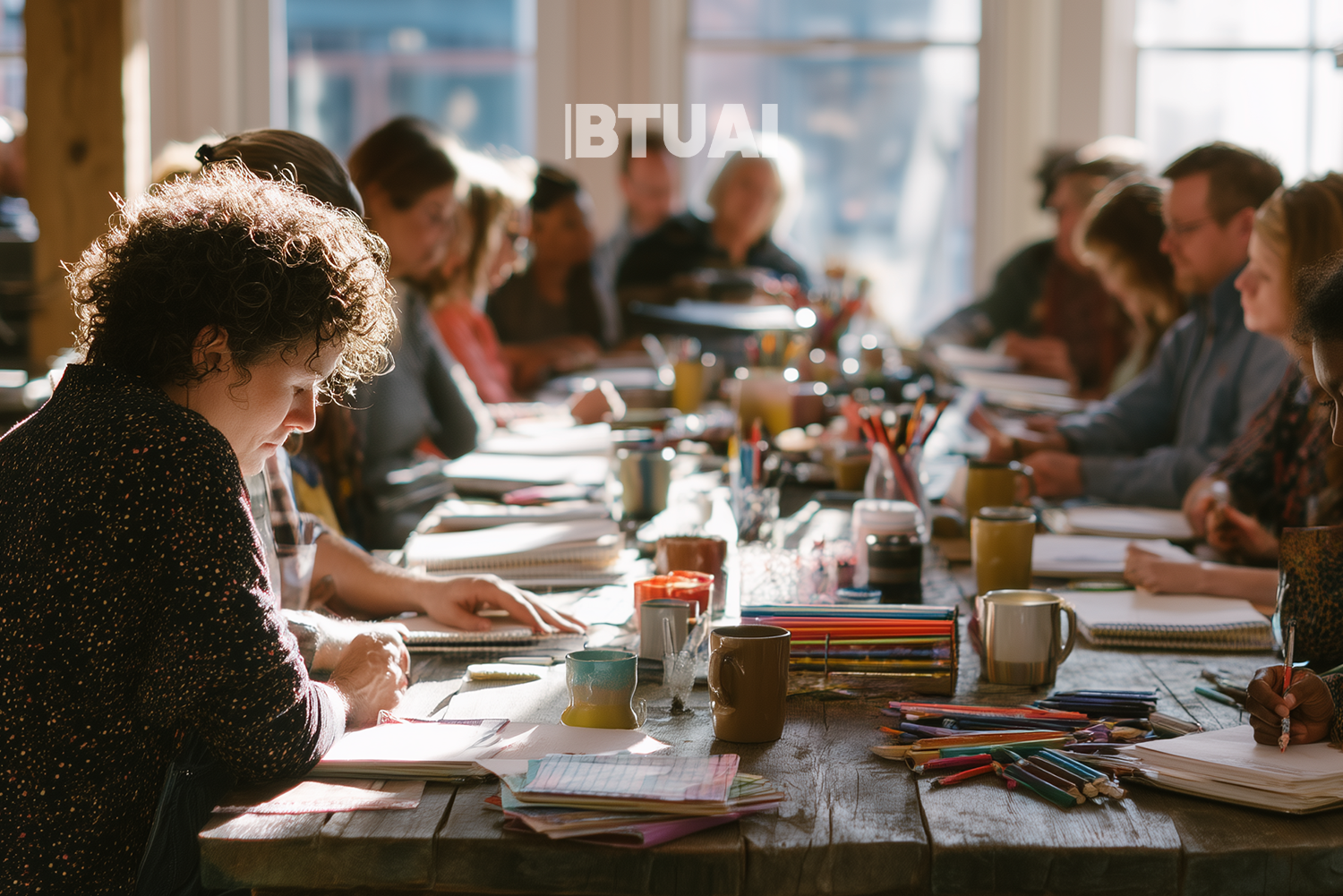When Culture Becomes Economy — Is Georgia Ready for the Creative Economy?
Around the world, culture is no longer viewed only through the lens of museums and heritage. Increasingly, it is

Around the world, culture is no longer viewed only through the lens of museums and heritage. Increasingly, it is seen as an engine of economic growth. This is the essence of the “creative economy” — a cross-sectoral ecosystem where knowledge and creativity generate both tangible and intangible value through industries like design, film, architecture, media, crafts, gaming, and digital art.
Georgia’s potential in this field is real, but so far largely underutilized. In 2023, over 40 foreign film productions were shot in the country, bringing tens of millions of lari in direct investment. These productions included collaborations with platforms like Netflix, HBO, and Apple TV. The spillover effects boosted a wide range of local services — from transport and catering to technical crews and hospitality.
Similar momentum exists in design and crafts. Georgian startups like Samoseli Pirveli, Funduki and digital platforms like Georgian Design Factory have shown that demand for creative Georgian products is growing both locally and internationally. Yet their success remains segmented and unsupported by broader export infrastructure, vocational education, or targeted financial tools.
A major barrier remains the absence of reliable data. Georgia lacks comprehensive statistics on the creative sector’s contribution to GDP, employment, or trade. As a result, policies and support programs are developed without a clear picture of the sector’s structure or needs.
There are also gaps in professional education. While interest in creative fields is rising, high-quality programs in modern design, animation, or creative technologies remain limited — especially outside the capital. The shortage of trained professionals in these fields slows the sector’s development just as global demand for such skills increases.
The creative potential of Georgia’s regions also remains underdeveloped. Many parts of the country are rich in traditional music, crafts, and cultural identity — yet these assets rarely transform into sustainable economic or digital products. The mechanisms for turning tradition into income, jobs, or global visibility are still weak or missing entirely.
Policy fragmentation is another constraint. The Ministry of Culture tends to focus on heritage and traditional arts, while the Ministry of Economy does not yet view the creative sector as a strategic industry. Without interministerial coordination, efforts remain ad hoc, short-term, and disconnected from one another.
Realistically, Georgia is not yet fully prepared to shift into a comprehensive creative economy model. However, it has the foundations, resources, and motivation to begin. A practical starting point would be to map the sector identifying who the players are, where they operate, and what they need. From there, small-scale pilots, regional micro-grants, and modular vocational programs could create early momentum. But long-term progress will only be possible if culture, economy, education, and digital policy begin to work in alignment — not as parallel systems, but as parts of the same strategic puzzle.




